Dong Thap Provincial Museum currently preserves and conserves 5 National Treasures of special value, rare and typical of the country in terms of history, culture and science, which have been recognized by the Prime Minister.
Among them, 3 National Treasures of Hindu nature include Vishnu statue 1; Vishnu statue 2 and goddess Laksmi statue on display at Dong Thap Provincial Museum, facility 2 (Cao Lanh ward).
The remaining two National Treasures are on display at Dong Thap Provincial Museum, Facility 1 (My Tho Ward), including the statue of Vishnu 3 and the Collection of Gold Leaf Carved Elephants.
The National Treasures in Dong Thap reflect the glorious period of one of the ancient cultures in Southeast Asia and the Southern Delta in particular, which flourished around the 1st-7th centuries AD.
Statue of Vishnu 1
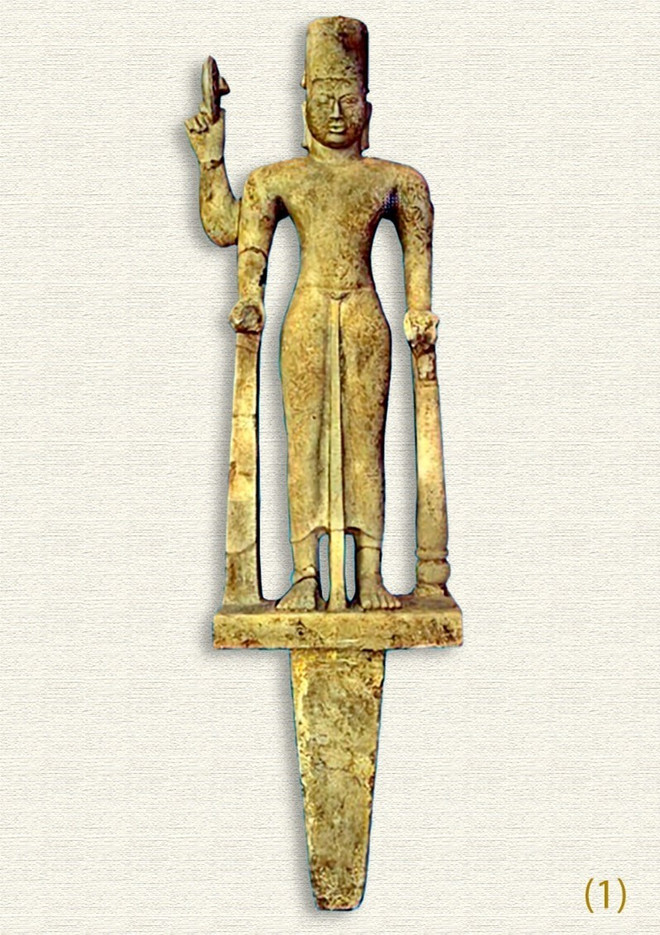
God Vishnu - God of Preservation, is one of the three main gods of Hinduism (Shiva, Vishnu, Brahma). With a benevolent nature, he is the protector of life, the destroyer of evil spirits, so God Vishnu was widely worshiped by the ancient people of Funan.
Statue of Vishnu 1 was discovered in the excavation pit of Go Thap Muoi (Doc Binh Kieu commune) during the excavation of Go Thap Muoi architectural relic in 1998, dating from the end of the 5th century to the beginning of the 6th century, made of sandstone, weighing 70kg, measuring 22cm long, 40cm wide, and 149cm high.
The Vishnu statue 1 is slim and refined, with 4 arms on each shoulder, each hand holding a symbol of the god: the conch symbolizes the mysterious forces that promote the movement of growth and development of all things; the wheel symbolizes the source of creation and destruction; the lotus is the symbol of the sun; the mace symbolizes the power of knowledge.
The image of Vishnu originated from India, but when adopted by the Oc Eo people, there were many innovations such as wearing a helmet, a mace and a pillar to support the body more firmly. The statue has gathered special values of history, culture and art related to religion and the typical art style of the Oc Eo culture.
Statue of Vishnu 1 was recognized as a National Treasure in 2013.
Statue of Vishnu 2
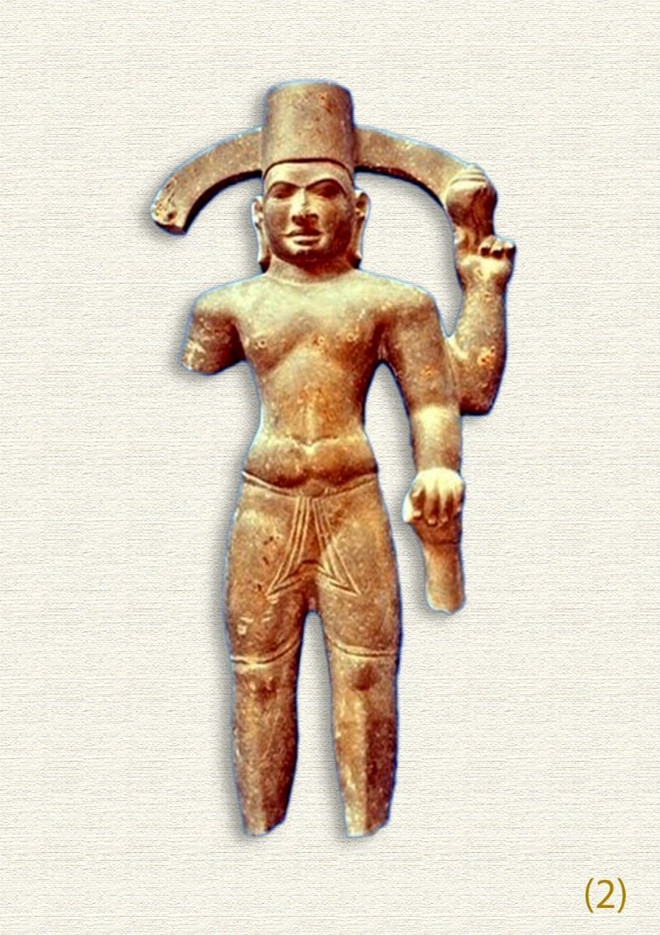
Statue of Vishnu 2 was discovered in the excavation pit of Go Thap Muoi during the excavation of Go Thap Muoi architectural relic in 1998, dating back to the 6th century, made of sandstone, weighing 8.6 kg, measuring 64 cm x 24 cm.
The statue is sculpted in a standing position on a rectangular pedestal, the lower part of the pedestal is carved as a single piece with a triangular cross-section pin. The statue has a well-proportioned figure, with a broad chest, narrow waist, and a slight forward bend. The head wears a cylindrical hat, the height of the hat is equal to the height of the face, the junction between the base of the hat and the forehead has a raised edge.
Vishnu 2 statue was recognized as a National Treasure in 2015.
Statue of Goddess Laksmi
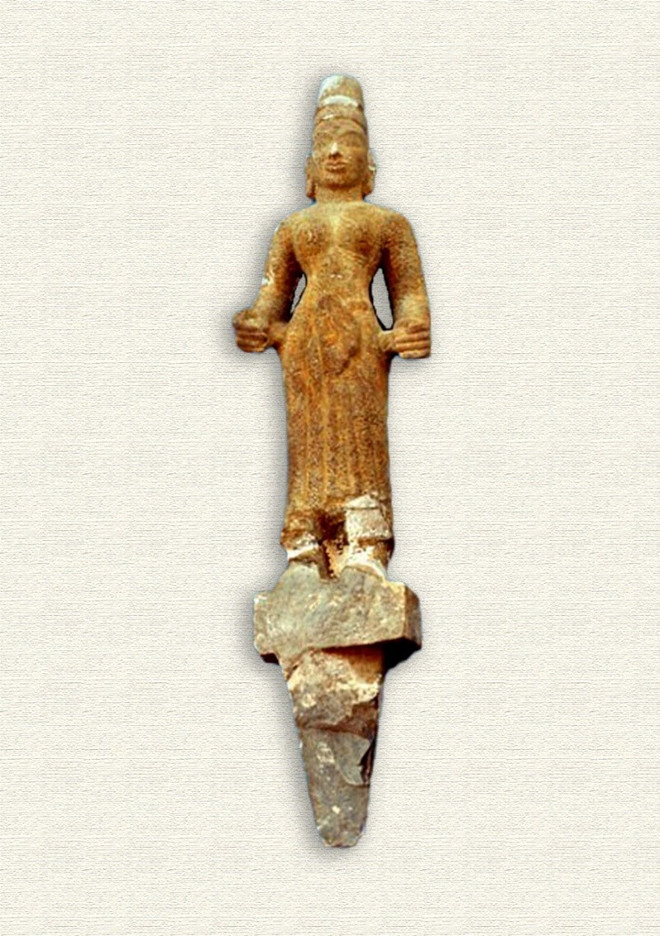
The statue of goddess Laksmi was discovered by locals while digging for gardening in the Go Ruou area (Tan Hong commune). It dates back to the 7th century, is made of ancient stone, weighs 21kg, and measures 23cm x 92cm.
The statue of goddess Laksmi is a unique artifact representing the very sophisticated art of ancient stone sculpture, considered one of the most beautiful works remaining today.
The statue of goddess Laksmi was recognized as a National Treasure in 2015.
Statue of Vishnu 3
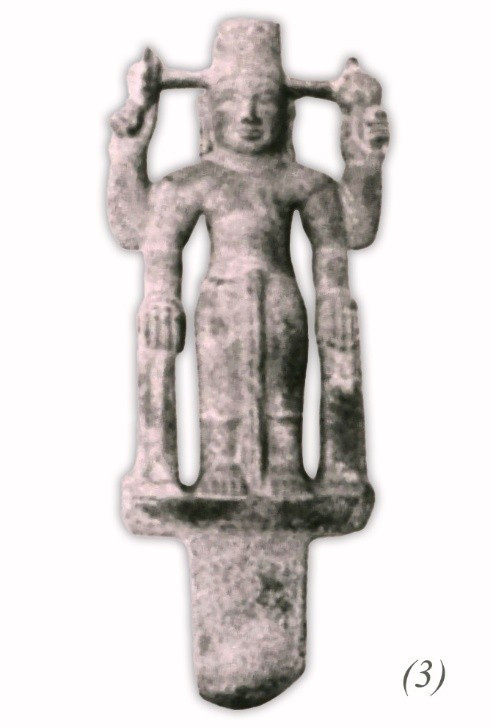
The third Vishnu statue, dating from the 4th-8th century, was discovered at the Oc Eo - Go Thanh archaeological site (Tan Thuan Binh commune) in 1988. The statue was carved in a complete pose with exceptional sculptural artistry.
The statue of Vishnu 3 is a very unique work of art of the post-Oc Eo people in the South. Because the statue is small and chubby, the upper two hands hold two objects, the lower two hands rest on a staff, creating a unique art style in the South.
Through the shape of the statue, the cultural continuity between the statue of Phu Nam Oc Eo and Phu Nam post-Oc Eo can be explained. Besides, it is also a valuable document contributing to the research of different sciences such as History, fine arts, religion, and culture and art.
The historical, cultural and scientific values of the Vishnu statue in particular and other artifacts discovered at the Oc Eo archaeological site in general have contributed to clarifying the development of the Oc Eo and post-Oc Eo cultures in the South.
Vishnu 3 statue was recognized as a National Treasure in 2017.
Elephant Carved Gold Leaf Collection
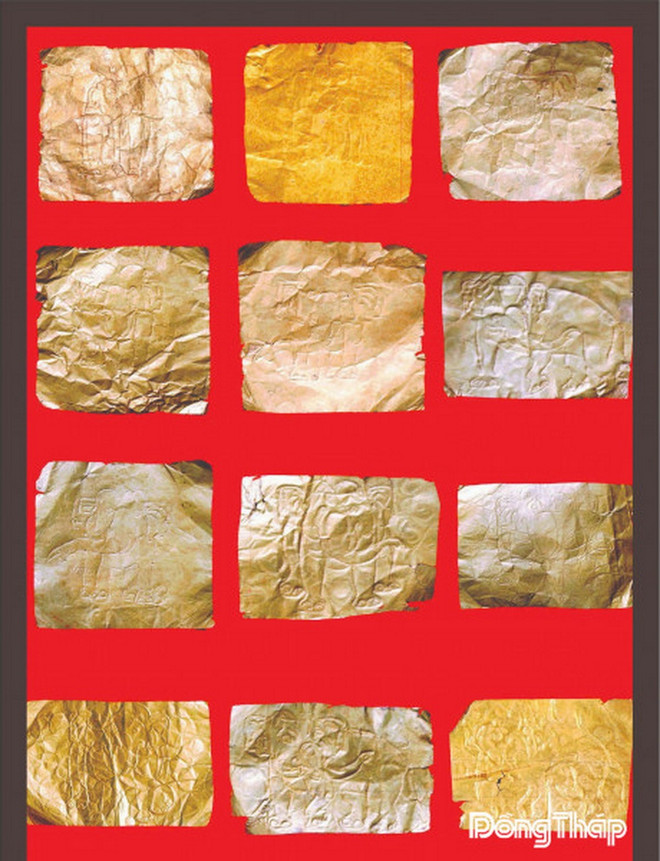
The collection of gold leaf carvings in the shape of elephants excavated at the Go Thanh site in 1989 is a unique original collection with a unique form and special value representing culture, history, science and art.
The statue bears a strong mark of Indian culture, is a product of the exchange and communication between the Oc Eo cultural residents and Indian culture in the first centuries AD and lasted throughout the history of the Oc Eo culture, dating back to the 6th and 8th centuries.
In terms of historical value, based on the very high manual crafting techniques on metal artifacts and worship objects, including the gold leaves that are crafted extremely elaborately and beautifully, they are important historical data for the research and understanding of the continuous development period of the Oc Eo culture in particular and the history of formation and development of the Southern region in general.
In terms of cultural and artistic value, this collection is a concrete expression of the level of development of goldsmithing techniques, converging typical elements of plastic arts and aesthetic elements revolving around the religious content expressed on it.
Through the artifacts, researchers study many different aspects, from stylistic characteristics to religious content and the exchange between indigenous cultural elements and foreign cultures during the Oc Eo culture period as well as the late stage of this culture.
The collection of gold leaf carvings of elephants was recognized as a National Treasure in 2021./.
Source: https://www.vietnamplus.vn/kham-pha-cac-gia-tri-dac-biet-cua-5-bao-vat-quoc-gia-o-tinh-dong-thap-post1071944.vnp



![[Photo] National Assembly Chairman Tran Thanh Man receives Chairman of the House of Representatives of Uzbekistan Nuriddin Ismoilov](https://vphoto.vietnam.vn/thumb/1200x675/vietnam/resource/IMAGE/2025/10/27/1761542647910_bnd-2610-jpg.webp)
![[Photo] Party Committees of Central Party agencies summarize the implementation of Resolution No. 18-NQ/TW and the direction of the Party Congress](https://vphoto.vietnam.vn/thumb/1200x675/vietnam/resource/IMAGE/2025/10/27/1761545645968_ndo_br_1-jpg.webp)





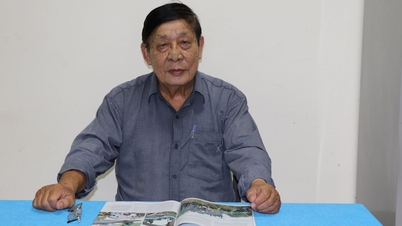
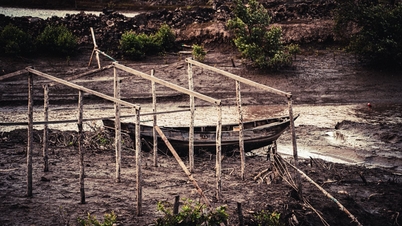
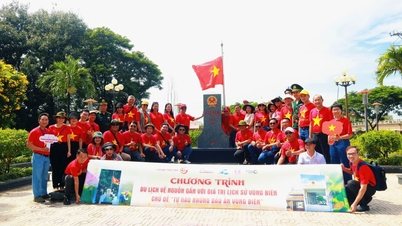


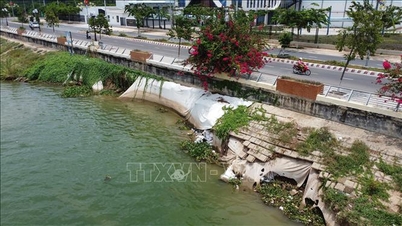
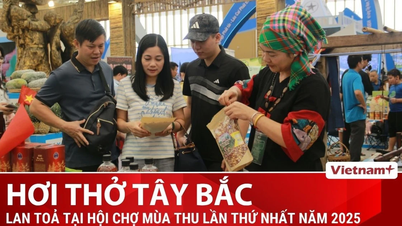
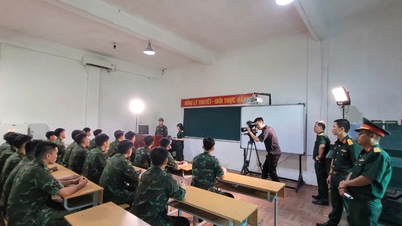

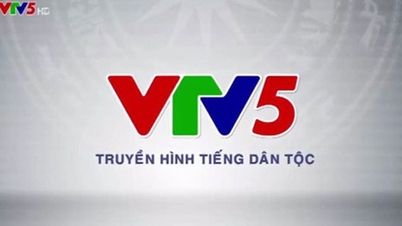

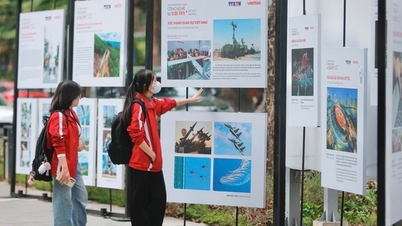
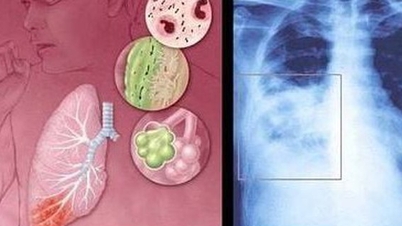





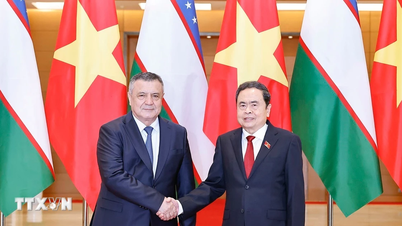
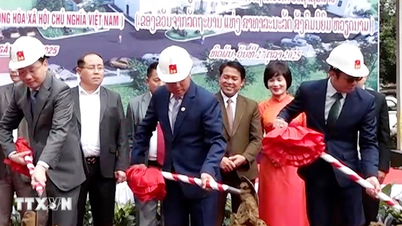

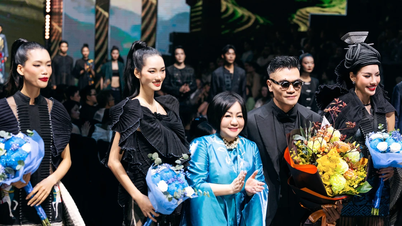



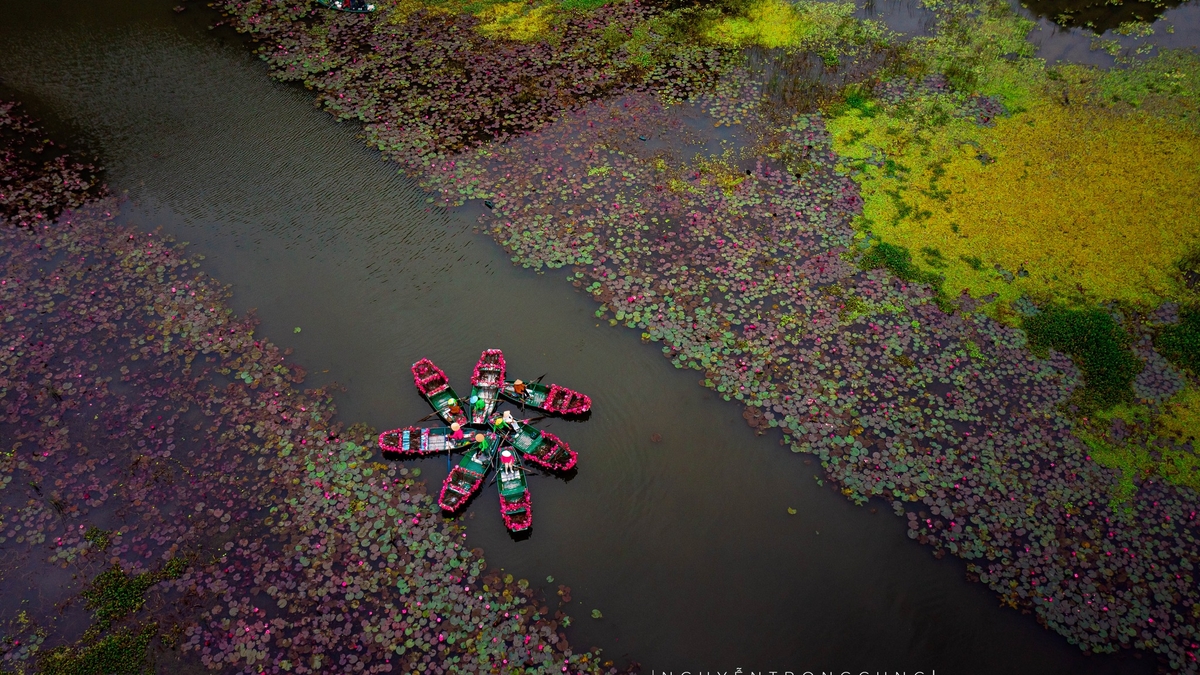






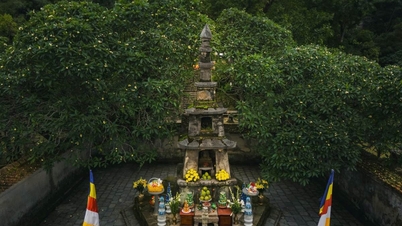

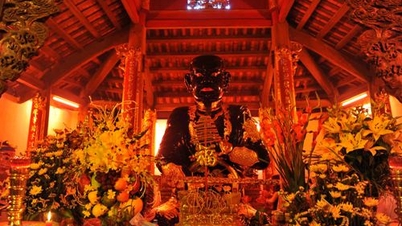

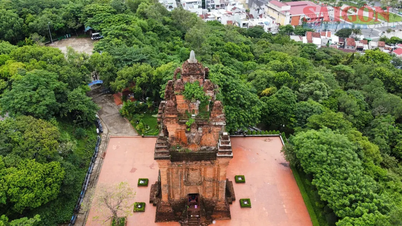



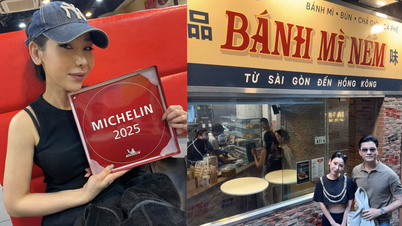

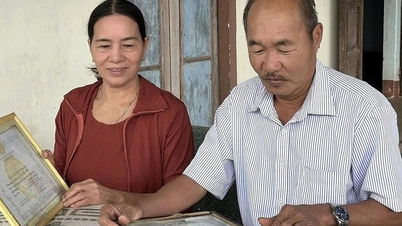



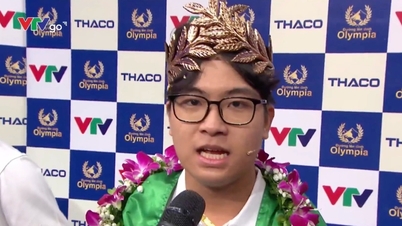



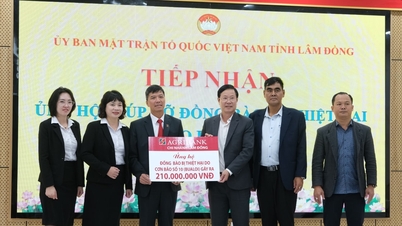












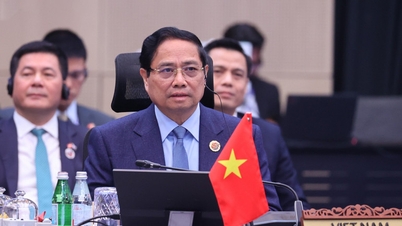
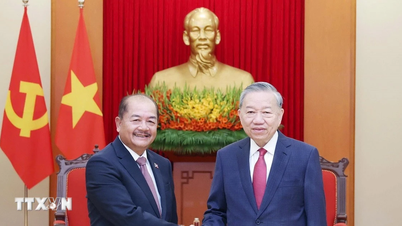



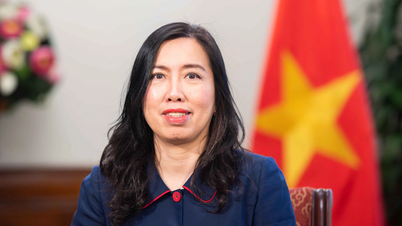



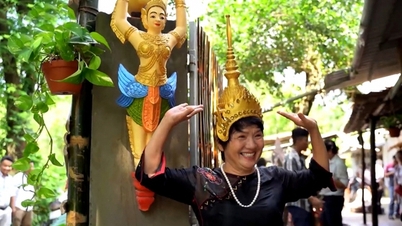

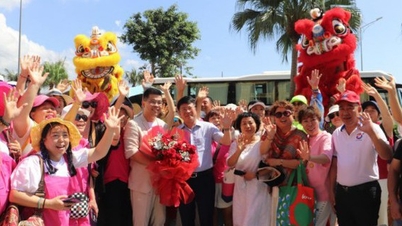
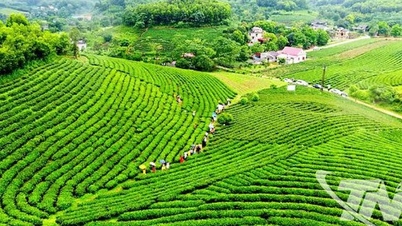
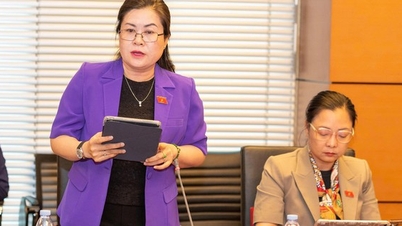


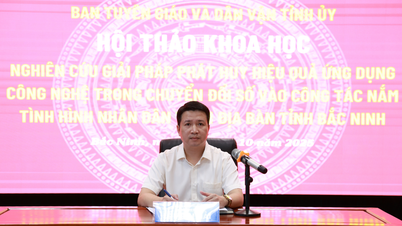

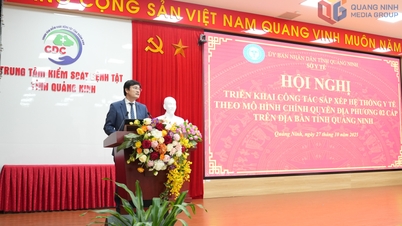

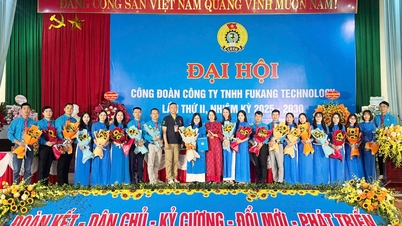














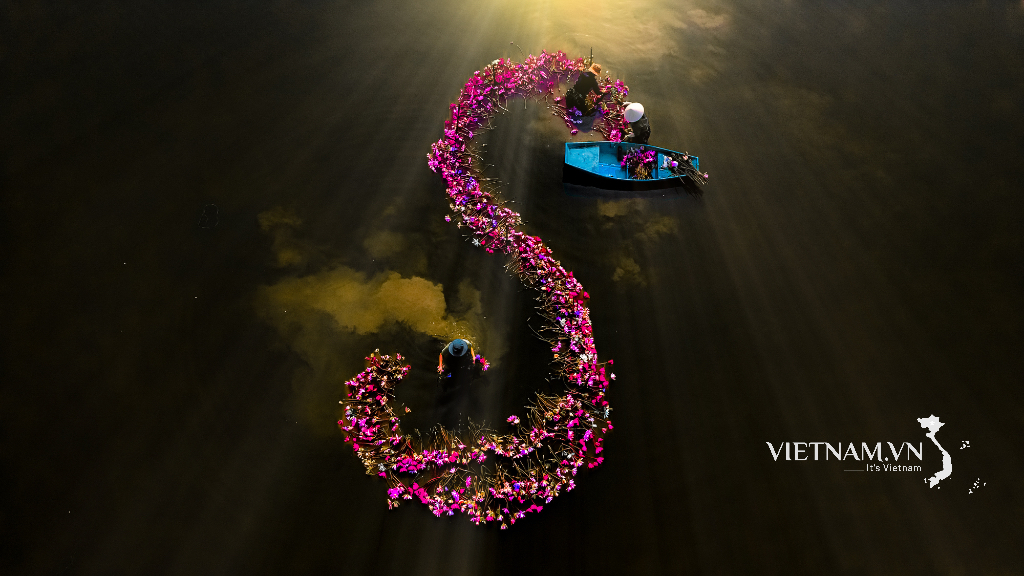

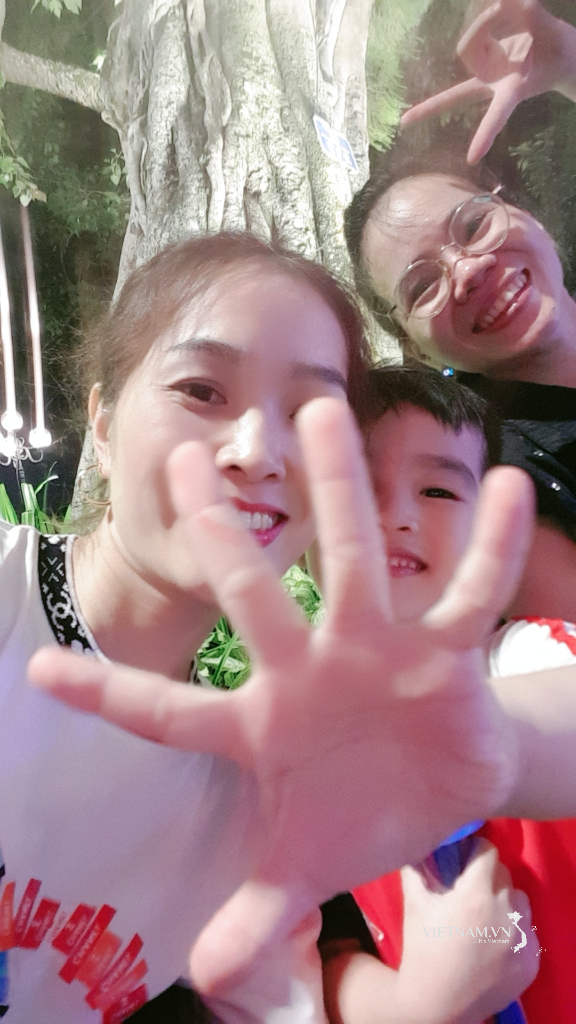
Comment (0)